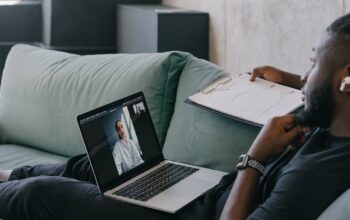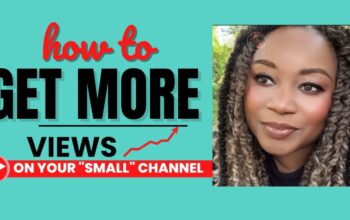The key analysis is on p. 12, where the study concludes that socio-economic factors other than race explain half of the White-Black adoption gap and one-fourth of the White-Hispanic adoption gap. Put another way, controlling for income, education, geographic location, etc. leaves a 10 point gap between Blacks and Whites that is attributable to race, and a 14 point gap between Hispanics and Whites that is attributable to race.
Part of this difference may be explained by a number of factors linked to race: the huge gap in wealth (a computer suitable for broadband can’t be bought out of income – it usually has to be bought out of assets) – the wealth gap is about 14:1 and has been growing fast. The racial adoption gap is also partly explained by a perception among minorities that the Internet lacks culturally relevant content – a factor the Joint Center for Political and Economic Studies identified in its study of broadband adoption issued earlier this year.
Above all, NTIA’s landmark study shows that while all demographic groups are increasing their home adoption rates, huge gaps still persist. We still have a extraordinarily wide digital divide based on race, income, education, rural status and disability. That is unacceptable in a democratic society. It means, in the digital age, that the nation still consigns underserved groups to second class digital citizenship. Universal home adoption and informed use for those not yet online – rather than net neutrality for those who are fortunate enough to be online – should be the nation’s #1 broadband policy priority.
A PCWorld article by Grant Gross sums up the NTIA Director Strickland’s summation of the findings and FCC Chair Julius Genachowski’s response:
The goal of the report is to give policymakers a detailed view of the factors that contribute to broadband adoption, NTIA officials said.
“Americans who lack broadband Internet access are cut off from many educational and employment opportunities,” NTIA administrator Lawrence Strickling said in a statement. “The learning from today’s report is that there is no simple ‘one-size-fits-all’ solution to closing the digital divide. A combination of approaches makes sense, including targeted outreach programs to rural and minority populations emphasizing the benefits of broadband.”
The survey asked respondents who don’t have broadband why they don’t subscribe. Thirty-eight percent said they weren’t interested or didn’t need it, and 26 percent said it was too expensive. Eighteen percent said they had no computer or an inadequate computer, and only 4 percent said broadband wasn’t available where they lived.
The new report will give the U.S. Federal Communications Commission and other interested groups an in-depth look at the “persistent gaps between the digital haves and digital have-nots,” FCC Chairman Julius Genachowski said in a statement.
Closing those gaps will be a top priority for the FCC, which released a national broadband plan in March, Genachowski said.
“The digital divide is an opportunity divide — if you can’t get online, you can’t compete in the digital economy,” he added. “Connecting America to fast, affordable Internet will create 21st-century jobs that grow our economy and secure our global leadership.”
Now, haven’t we ALL been singing this same tune for years now while the FCC was off battling the non-issue that is network neutrality? I must be having deja vu. I feel like it was just yesterday that I was reading a report from Larry Irving’s NTIA about the Digital Divide: Falling Through the Net: Defining the Digital Divide in 1999 that had similar findings. Looks like the only thing that has changed is the last name of the NTIA Director.
Jay Jay Ghatt is also editor at Techyaya.com, founder of the JayJayGhatt.com and JayJayGhatt.com where she teaches online creators how to navigate digital entrepreneurship and offers Do-It-For-You Blogging Service. She manages her lifestyle sites BellyitchBlog, Jenebaspeaks and JJBraids.com and is the founder of BlackWomenTech.com 200 Black Women in Tech On Twitter. Her biz podcast 10 Minute Podcast is available on iTunes and Player.fm. Follow her on Twitter at @Jenebaspeaks. Buy her templates over at her legal and business templates on Etsy shop!


